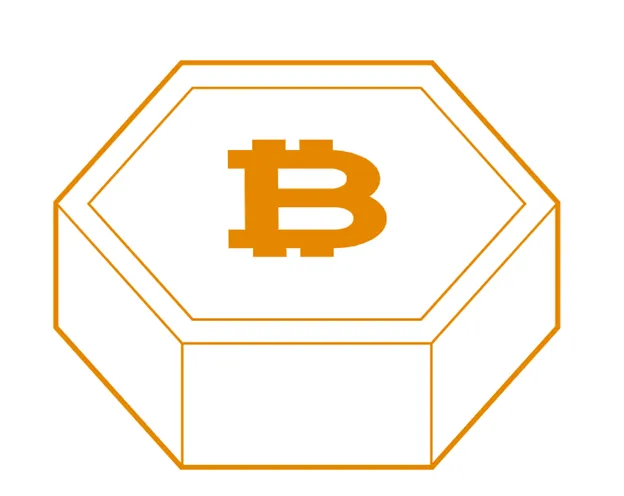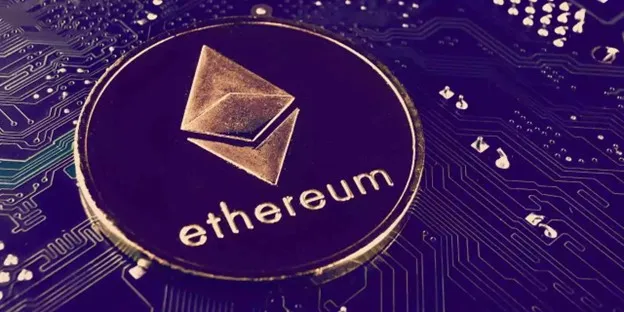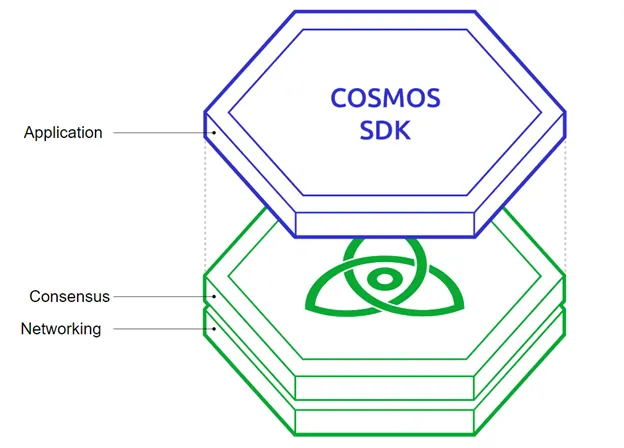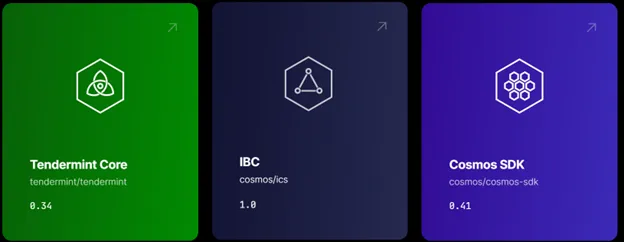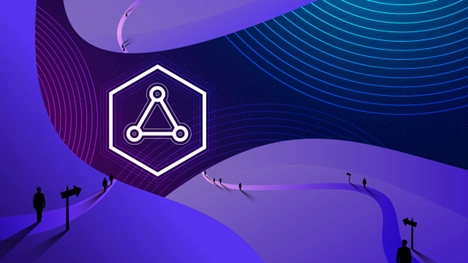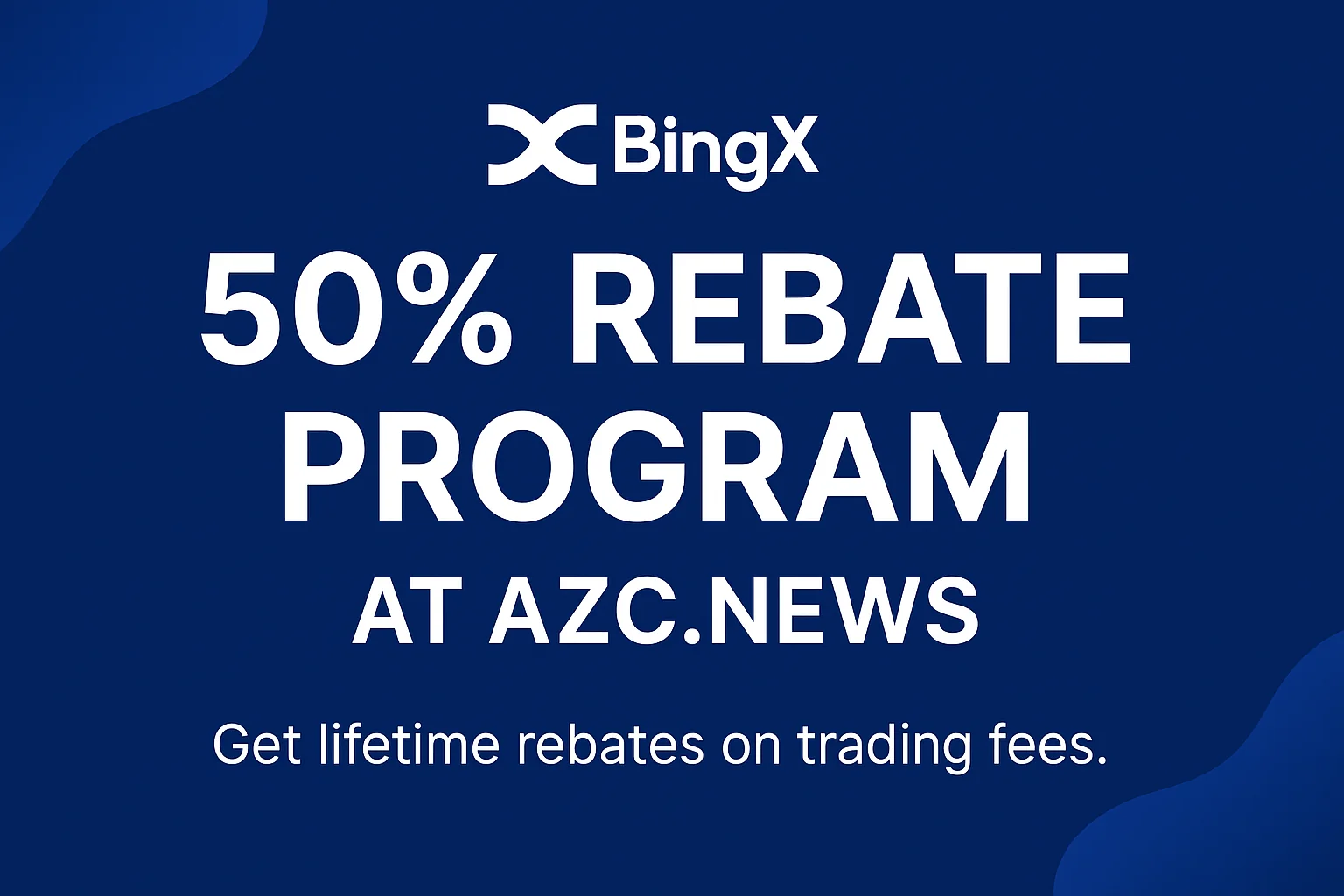Introduce
In recent times, we have been introduced to Polkadot (DOT). This is a Web 3.0 platform with their unique SDK structure. Dfinity (ICP) is a blockchain network and Decentralized Cloud (decentralized cloud). Allows application development on your platform.
Meanwhile, Cosmos is the first idea about building Internet Blockchain since 2014. Up to now, many projects have inherited technology from Cosmos and have been completed.
Bitcoin era Blockchain 1.0
The first blockchain was Bitcoin, a digital currency created in 2008. It uses a new consensus mechanism called Proof-of-Work (PoW). This is the first decentralized application on blockchain. It didn’t take long for the community to realize its potential. The desire to build new applications is not limited to peer-to-peer payments.
Bitcoin era Blockchain 1.0
At that time, there were two options for developing decentralized applications. It’s either branching out from the Bitcoin source code or building a new ecosystem. However, the Bitcoin source code is very monolithic: all three layers of Network, Consensus, and Application are mixed together. Additionally, the Bitcoin scripting language is limited and not user-friendly. This creates a need for more powerful and user-friendly tools.
Ethereum Blockchain era 2.0
In 2014, Ethereum launched a groundbreaking proposal for building decentralized applications. They create a single blockchain where anyone can deploy any type of program. This is done through a virtual machine called the Ethereum Virtual Machine (EVM). This virtual machine is capable of processing programs, called smart contracts.
Any developer can deploy to the Ethereum blockchain without restriction. This new method helps developers build decentralized Dapps. However, the limitations of this approach quickly became apparent and persist to this day.
Ethereum Blockchain Era 2.0
Limitations on Extensibility
Ethereum faces scaling limitations. Decentralized applications on Ethereum are limited to a processing speed of only 15 transactions per second. This comes from the fact that Ethereum still uses Proof-of-Work and Ethereum dApps compete with each other.
Scalability
Ethereum’s flexibility for developers is relatively low. With EVM being a sandbox of all use cases, it optimizes for the average use case. This means developers have to make compromises on the design and performance of their apps. Requires the use of an account model in the payment platform, while the UTXO model may be preferred.
Sovereignty
Each application on Ethereum has limited sovereignty, as they share the same underlying environment. This creates two layers of administration: that of the application and that of the underlying environment. They are limited by Ethereum platform approval. If there is an error in the application, it cannot be fixed without approval from the Ethereum administration.
Cosmos vision of blockchain 3.0
Cosmos’ vision is to help developers build blockchain easily. Cosmos overcomes barriers between blockchains by allowing them to interact. The ultimate goal is to build a decentralized blockchain network where blockchains can communicate and interact flexibly. Cosmos allows the blockchain to maintain sovereignty and process transactions quickly. It also allows the blockchain to interact strongly with other blockchains. This creates a flexible solution for many use cases.
To realize that vision, Cosmos uses open source tools. These include Tendermint, Cosmos SDK and IBC. They are designed to support building blockchain applications.
Cosmos vision of blockchain 3.0
Related: Which Is Better Avalanche or Cosmos?
Main components in the Cosmos network
Cosmos networks, by taking advantage of the advantages of Tendermint and Inter-Blockchain Communication Protocol (IBC), link all Blockchain platforms together. In Cosmos Network, integrated projects have the ability to exchange tokens between themselves as an atomic exchange. This explains why Cosmos is known by the abbreviation ATOM (atom). Simply put, Cosmos is a network that creates strong interoperability and connectivity between different Blockchains.
Tendermint Core
Tendermint Core is a Blockchain engine designed to use the Byzantine anti-fraud (BFT) consensus protocol. Applicable to building both public and private Blockchains. Tendermint Core provides a consensus mechanism that provides finality and security.
Tendermint BFT is a solution that packages both the network and consensus layers of a blockchain into one common tool. Helps developers focus on application development instead of worrying about complex underlying protocols. As a result, Tendermint saves hundreds of hours of development time. Note that Tendermint names the Byzantine fault-tolerant (BFT) consensus algorithm used in the engine as Tendermint BFT. To learn more about the history of consensus protocols and BFT. You can listen to this fun podcast from Tendermint co-founder Ethan Buchman.
The Tendermint BFT engine connects to the application via a protocol called the Application Blockchain Interface (ABCI). This protocol can be encapsulated in any programming language.
Cosmos SDK
Cosmos SDK is a tool that helps speed up the building process for developers who want to create their own blockchain for their decentralized applications. Based on two main principles:
Modularity:
The goal of the Cosmos SDK is to create an ecosystem of modules. Make it easy to build blockchains for their applications without having to code each function from scratch. Anyone can create modules for the Cosmos SDK and use the available modules. For example, the Tendermint team is building a basic set of modules for Cosmos Hub. They can be reused by any developer when they build their own applications. Additionally, developers can create new modules to customize their applications. As the Cosmos network grows, the ecosystem of SDK modules will expand. Makes developing complex blockchain applications easier.
Capability-based security:
Ability to limit security borders between modules. Allows the developer the opportunity to better reason about the possible combinations of modules. And limit the scope of harmful or unwanted interactions.
Blockchain application interface (ABCI):
It is a language independent, allowing developers to build Blockchain in any language. Is the connection interface between Tendermint Core and Cosmos SDK.
Connecting Blockchains Together – IBC
Connections between blockchains are made through a protocol called the Inter-Blockchain Communication Protocol (IBC). IBC exploits the instant finality feature of Tendermint consensus. Allows heterogeneous blockchains to transfer value (such as tokens) or data to each other.
The company is supporting the Cosmos network
All in Bits, the company behind Tendermint, is currently building the Cosmos Network under the umbrella of the Interchain Foundation (ICF). ICF was established to support the creation of favorable conditions for Blockchain. With the goal of building a network of blockchains.
Both ICF and All in Bits have been nominated to receive portions of the Atom token when the mainnet is launched. The tokens issued to All in Bits and ICF will support the development of the network. And promote development over the next two years.


